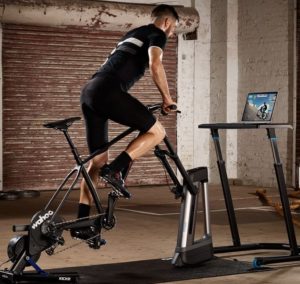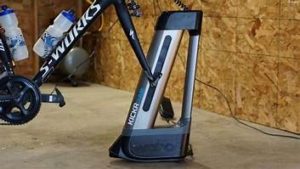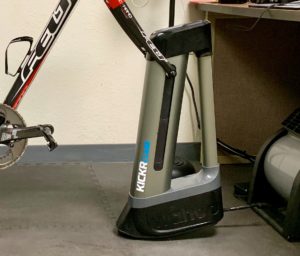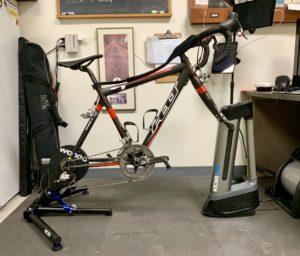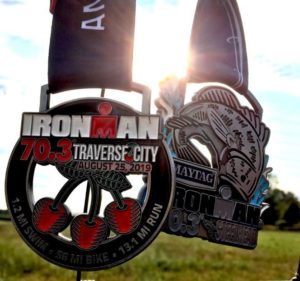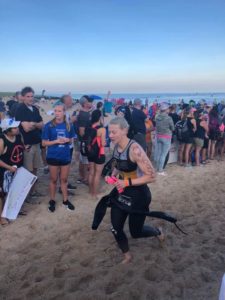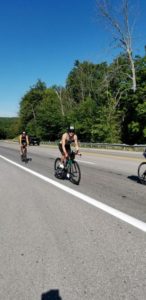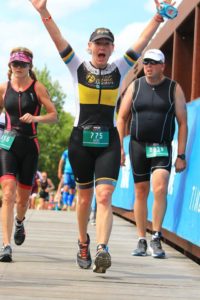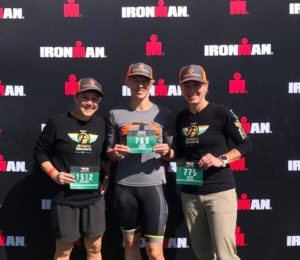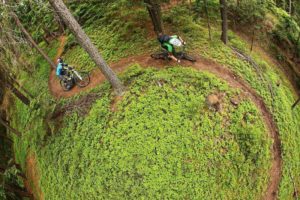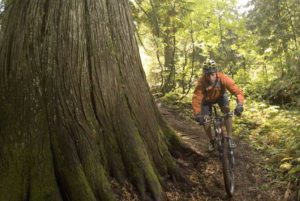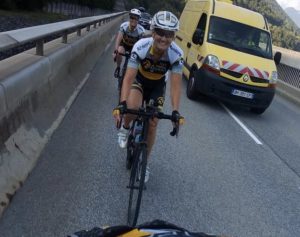By: Robert Munro
There are a lot of things to consider when buying a used bike. Fit and specs are undoubtedly important. However, this is a quick guide on what Mechanical Things to check for when buying a used bike. It is not a deal breaker if you find that one or more of these things is not up to your standard. What is important to realize is that these wear items cost money to rectify. You don’t want to spend $400 on a sweet new ride, only to have to take it to the shop for an equally expensive bill for maintenance and parts. Therefore, I have also included a rough estimate of what it cost to replace the part yourself and what it might cost at a shop (Don’t come crying to me when you have to pay $30 for a chain instead of $25, this is just an estimate).Chain ($25 DIY/$45 shop)
1. Making sure the chain is in good condition is important because it is indicative of other problems. Look for signs of rust. Mild rust can usually be cleared up with a healthy dose of lubricant but any more than that and I would replace it. See if the chain is especially grimy. Again, this one is usually not a bad deal but an exceptionally dirty chain can wear through a cassette quickly.  Finally, use a chain checker to see if it is stretched (~$11 on the internet or ask a friend if you can borrow theirs). If any of these problems are severe, pay close attention to the next one.
Finally, use a chain checker to see if it is stretched (~$11 on the internet or ask a friend if you can borrow theirs). If any of these problems are severe, pay close attention to the next one. 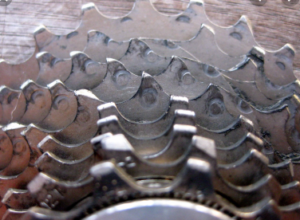
2. Cassette and Chain Rings (Cassette ($50 DIY/$80 shop), Chain rings ($150 DIY/$200 shop)!!!)
These get expensive fast! Don’t ask me why (look at your chain rings). Look for gouging on the “load” side of the teeth. This is the side that the chain makes hard contact with. Worn down teeth will impair shifting and even cause you to skip gears. (Not fun when sprinting out of the saddle).
3. Tires ($100 DIY/$120 shop)
Look for a little indicator hole to show wear (for road).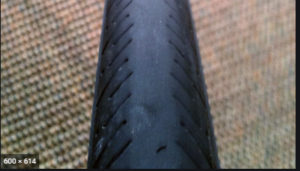 Look for squaring of the top of the profile. Finally, look for tiny cuts in the tread and sidewall. Good tires drastically improve your ride. In my opinion it is some of the best dollars spent on a bike. Don’t overlook it.
Look for squaring of the top of the profile. Finally, look for tiny cuts in the tread and sidewall. Good tires drastically improve your ride. In my opinion it is some of the best dollars spent on a bike. Don’t overlook it.
4. Cables/Housing ($25 DIY/$85 shop)
Pull both brakes and shift the bike when it is off the ground. Really pay attention to how easily the gears shift and the brakes feel. Also look at the exterior of the housing and where is enters and exits the frame. Cuts and fraying can be indicative of a poor running system.
5. Bar tape ($20 DIY/$40 shop)
One of the three contact points on the bike. There is no reason to neglect it. Don’t ride with old tape!!
6. Rotating stuff (bottom brackets and wheel hubs) ($Depends$)
Spin the cranks and wheels slowly to check for any grinding. You can also feel for this during your test ride. The other way to look for damage is to forcefully try to move the wheel or crank “Outward”. For the wheels, grab the top of the rim with one hand and the frame with the other. Then pull the wheel towards the frame. If you can wobble the wheel significantly on the bike, then the hubs may need an adjustment or replacement. All wheels will pull a little bit but if it pulls more than 1 cm (3/8”) then you may want to be concerned. The cranks can be tested in much the same way. Any movement sideways here is bad.
Some final thoughts:
First: TAKE YOUR TIME!! Don’t be in a rush. Check these things over slowly. Signs of damage often don’t pop out quickly. Look at every tooth, every inch of tire, and every link of chain. The seller won’t mind (assuming there is nothing to hide).
Second: Be respectful. Don’t berate the bike (or for goodness sake the seller). You may likely see this person again. The cycling community is small. The things you found are discussion points not evidence in a crime. These things will help with negotiations, but the seller does not have to adjust the price.
Happy Hunting!
The post Six Mechanical Things to Check When Buying a Used Bike appeared first on Team Athletic Mentors.





 Our Hockey Site
Our Hockey Site Team AM
Team AM


